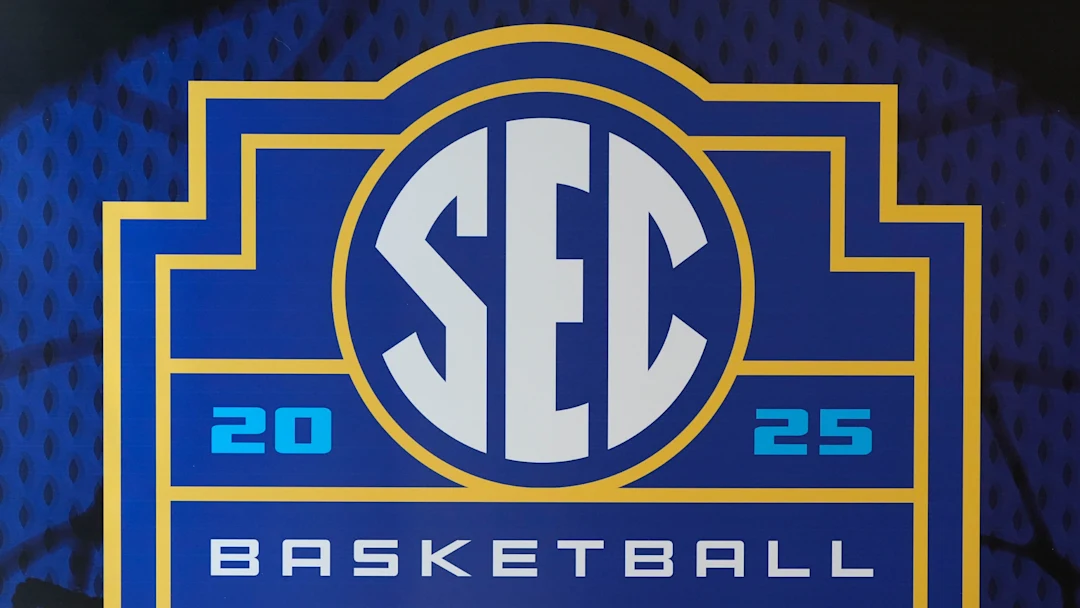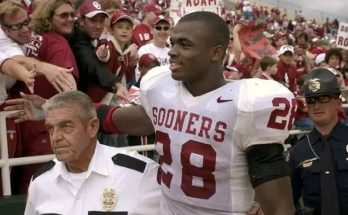For years, the Southeastern Conference (SEC) has been synonymous with dominance in college football, but more recently, it’s become an increasingly respected player on the hardwood. Programs like Kentucky, Arkansas, Alabama, Tennessee, and Auburn have pushed the conference into national basketball relevance, routinely producing NCAA Tournament contenders and NBA-level talent. However, as the 2025–26 college basketball season approaches, there’s a growing sentiment that the SEC might be trending downward. After a few strong seasons that saw multiple teams make deep tournament runs, early exits, player departures, coaching shake-ups, and an underwhelming offseason have raised questions about whether the SEC is set to take a step back in basketball.
This potential regression isn’t necessarily due to a lack of talent but more a convergence of issues across several key programs. Kentucky, long regarded as the face of SEC basketball, finds itself in a transitional period. After years of embracing the one-and-done model, John Calipari’s departure and the subsequent hiring of Mark Pope signaled a philosophical and cultural shift in Lexington. Pope, a former Kentucky player himself, has vowed to maintain the program’s competitiveness, but the reality is that recruiting pipelines and NIL dynamics have changed the game. The Wildcats still boast some young talent and a couple of portal additions, but the aura of invincibility around the program has faded. While Kentucky should remain competitive, it may not be the kind of team capable of carrying the league into Final Fours like it once did.
Tennessee, a defensive juggernaut under Rick Barnes, is another team facing questions. The Volunteers reached the Final Four last season, but they’ll be replacing multiple key pieces, including All-American Dalton Knecht. While Barnes has done an exceptional job developing players and building a culture of accountability, there’s legitimate concern about whether this group can maintain the same level of dominance, especially in a league where offensive firepower is increasingly necessary. Transfers and returning veterans like Zakai Zeigler and Jonas Aidoo will be expected to step up, but the ceiling isn’t quite as high without a superstar talent like Knecht.
Alabama, another recent SEC powerhouse, faces a similarly uncertain outlook. Nate Oats has transformed the Crimson Tide into one of the nation’s most exciting teams with a pace-and-space style that produces fireworks, but this offseason has not been kind. Key players like Mark Sears and Grant Nelson are gone, and while the Tide have dipped into the portal, their haul hasn’t exactly overwhelmed. The loss of rim protection and consistent scoring threatens to derail the fast-paced, analytics-heavy approach that has defined Oats’ success in Tuscaloosa. Though Alabama has made deep NCAA runs in recent years, the supporting cast this season doesn’t quite scream contender.
Auburn and Arkansas, two programs that had been thriving under Bruce Pearl and Eric Musselman, respectively, are now facing turbulence of their own. Musselman’s departure to USC left Arkansas in a state of flux. The Razorbacks went from being one of the most feared tournament teams to a program searching for its identity. Pearl, meanwhile, is still at Auburn and has managed to retain a few key contributors, but the Tigers are also dealing with a lack of star power following the departure of big man Johni Broome. The team’s success will depend on internal growth and the health of a few returning players, but it’s a far cry from the Final Four-caliber team they had just a few years ago.
LSU, Florida, and Mississippi State, once proud programs with flashes of brilliance, are still stuck in the middle of the pack. While all three schools have good coaches and decent recruiting classes, they’ve failed to make a consistent dent nationally. There’s no clear breakout star, and the lack of continuity has been a problem. For the SEC to be viewed as a top-tier basketball league, it needs more than two or three strong teams — it needs depth and danger from top to bottom. Right now, that depth looks questionable.
Compounding the issue for the SEC is the rise of other conferences. The Big 12, bolstered by Houston, Kansas, Baylor, and incoming members like Arizona, is expected to be a bloodbath. The ACC, thanks to the resurgence of Duke, the return of key players at North Carolina, and increased parity elsewhere, is also gaining traction. The Big Ten remains deep, and even the Big East has made waves with UConn’s dominance. In comparison, the SEC doesn’t have the same buzz heading into this season. That doesn’t mean it can’t recover or surprise, but preseason projections from most major outlets reflect this national skepticism.
One can’t ignore the impact of the transfer portal and NIL on the current landscape. The SEC has invested in both, but not always successfully. Programs that once relied heavily on tradition and recruiting pipelines are now forced to compete with deep-pocketed collectives from non-traditional powerhouses. For example, the lure of NIL money has seen players leave SEC programs for smaller schools offering bigger checks. That has put pressure on schools to adapt or get left behind. While some, like South Carolina, have tried to use the portal as a way to build quickly, others have struggled to find the right pieces. The margin for error is razor-thin.
There’s also the issue of coaching volatility. The SEC has several coaches on hot seats or in transitional years. New hires are being judged more quickly, and athletic departments are impatient for results. That pressure cooker environment can lead to inconsistent play on the court. Stability breeds success, and outside of a few programs, the SEC isn’t exactly brimming with long-term coaching security.
Still, it’s not all doom and gloom for the conference. There are some promising young players and intriguing storylines that could change the narrative. Freshmen like Boogie Fland (Kentucky), Karter Knox (also Kentucky), and incoming talent at schools like Missouri and Texas A&M provide hope. A few breakout stars could quickly elevate the league’s profile. Moreover, the SEC has shown in recent years that its teams can catch fire late in the season, get hot during March, and make up for early stumbles. The question, though, is whether those breakout moments are becoming less frequent.
What’s particularly notable about the SEC’s potential step back is that it’s not about falling into irrelevance — it’s about losing a seat at the elite table. If the Big 12 continues to dominate, the Big Ten sends multiple teams to the second weekend, and the ACC bounces back into form, then the SEC risks becoming a second-tier basketball conference again, despite its recent strides. The narrative can shift quickly in college basketball, but perception plays a big role in recruiting, media coverage, and NCAA Tournament seeding.
The selection committee, for example, won’t do the SEC any favors if its non-conference record falters. Without a dominant team to anchor the league, it becomes harder for middle-of-the-pack teams to build résumés. The SEC’s scheduling philosophy will be under scrutiny this season, and early-season tournaments could prove pivotal in establishing credibility. Losses in those showcase games could reinforce the notion that the league isn’t what it used to be.
Ultimately, the question of whether the SEC will take a step back in basketball this season isn’t about one team failing or one player transferring — it’s about the broader perception and reality of competitive depth. The signs are pointing toward a regression, at least temporarily. Whether that’s a minor dip or a larger slide remains to be seen. The talent pipeline isn’t empty, and there are still bright spots, but the conference isn’t entering the season with the same swagger or expectations it had in recent years.
Basketball success is cyclical, and perhaps this is merely a transitional phase before a new wave of talent elevates the SEC back into the spotlight. For now, though, the rest of the country seems to be catching up — or even pulling ahead — and the SEC finds itself in the unfamiliar position of needing to prove that it still belongs among the elite. The next few months will offer clarity, but one thing is certain: the margin for error is smaller, and the room for complacency is gone. If the SEC wants to remain a major basketball force, it has to adapt, evolve, and find new ways to win. Otherwise, the step back might become more than just a temporary stumble — it could become a troubling trend.



